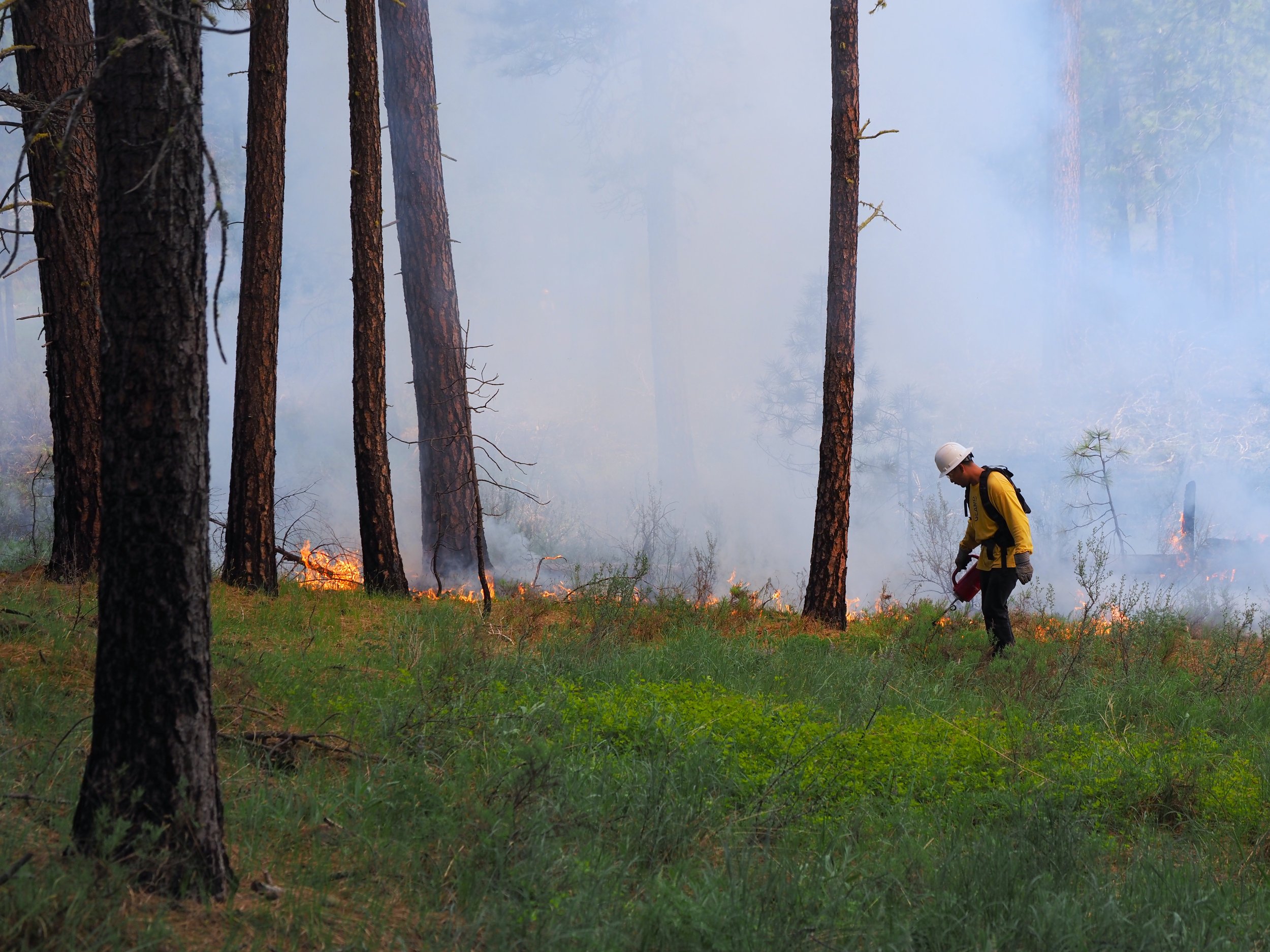
- Details
- By Chez Oxendine
- Economic Development
The Trump administration is expanding timber harvesting on federal lands, but tribal forestry experts say chronic underfunding has left most tribes unable to compete in existing markets or build the infrastructure needed for large-scale operations.
A March executive order directed the Forest Service to ease environmental regulations, speed up project approvals and open more land to logging. The policy shift affects 574 federally recognized tribes that control 56 million acres of forest nationwide.
However, decades of inconsistent federal funding have left a nearly $100 million annual gap for tribal forestry programs, leaving most tribes without adequate sawmills, equipment and trained workers, according to a report by the Intertribal Timber Council.
“In some regions, ramped-up National Forest production can create opportunities for local mills,” Cody Desautel, president of the Intertribal Timber Council, told Tribal Business News. But he warned that without careful coordination, increased federal sales would simply compete with tribal timber at the same few facilities.
Expanding timber agreement options offers tribes two key benefits, Desautel said. Tribes can reduce wildfire fuel that has accumulated under restrictive logging protections, and those that harvest lumber can expect higher revenues.
Those revenues can then fold back into expanding and supporting tribal forestry operations and in turn better protect areas that have been ravaged by devastating wildfires, Desautel said.
“The analogy I always use for us at the Colville Tribe, and I think it’s true for a lot of tribes, is that really logs and revenue are byproducts of our forest management plans,” Desautel said. “By achieving our ecosystem goals, we’re also achieving our tribal program goals by putting money back into our forest restoration, our aquatic ecosystems restoration, our tribal government programs - not to mention the jobs we’re creating and supporting in nearby communities.”
But the infrastructure challenges are enormous. Most tribes lack processing facilities for lumber or biomass energy, and building a sawmill can cost more than $20 million plus equipment and training expenses. Desautel said that co-generation plants — facilities that convert forest residues into electricity or heat — could provide a solution.
“Community-scale energy projects show promise,” he said. “But to attract the tens of millions in capital investment required, tribes need assurance of long-term timber supply and revenue streams.”
Constructing or upgrading a mill can easily exceed $20 million, plus costs for logging equipment and workforce training. Desautel said short-term grants rarely justify such outlays.
"You can't build a sawmill on a two-year funding cycle," he said. "Investors need to see a 20-year horizon."
To fully benefit, tribes need federal support in building infrastructure and capacity, according to Philip Rigdon, a forestry program manager for the Yakama Nation. Rigdon pointed to chronic understaffing at the Forest Service as a key obstacle. The agency’s workforce is aging, and recruitment incentives for fire crews, timber crews and oversight personnel have not kept pace.
“If the Forest Service struggles to implement current agreements, it will be hard for them to meet new harvest goals or support tribes in co-management,” Rigdon said.
The decline of rural timber infrastructure compounds these challenges. In the past two decades, the timber industry lost pulp mills and markets for byproducts, bark and wood chips, Rigdon said. The loss of pulp outlets has closed many small mills, turning once-profitable residues into costly waste. That trend has damaged rural forest economies and left tribes with limited options to process a full range of wood products.
Tribal forestry advocates have long criticized the discretionary nature of co-management grants, which can fluctuate dramatically from one federal budget cycle to the next. Policy experts note that uncertain annual appropriations make it nearly impossible to plan multi-year staffing, training or capital projects, according to prior Tribal Business News reporting.
“Tribal co-management agreements depend on funding streams that change wildly each year,” Desautel said. “That lack of stability undermines long-term programs.”
Rigdon called for expanded workforce development across the forestry sector. He said that tribes must train not only foresters and planners but also the loggers and mill operators who work on the ground. Loan programs and apprenticeships could help retain younger workers, many of whom leave rural areas for urban job markets.
Climate change adds urgency to these efforts. Tribal forest management, grounded in traditional ecological knowledge, has long contributed to fire prevention and habitat health. But applying that expertise at scale requires funding for training, equipment and collaborative projects on adjacent federal lands.
“Supporting those things is important - and I’m not just talking about Yakama,” Rigdon said. "You see activities going on with Warm Springs, with Hoopa, the Apache tribes - they’re all trying to build economies this way, and there needs to be some investment in that to get it standing up and going.”
